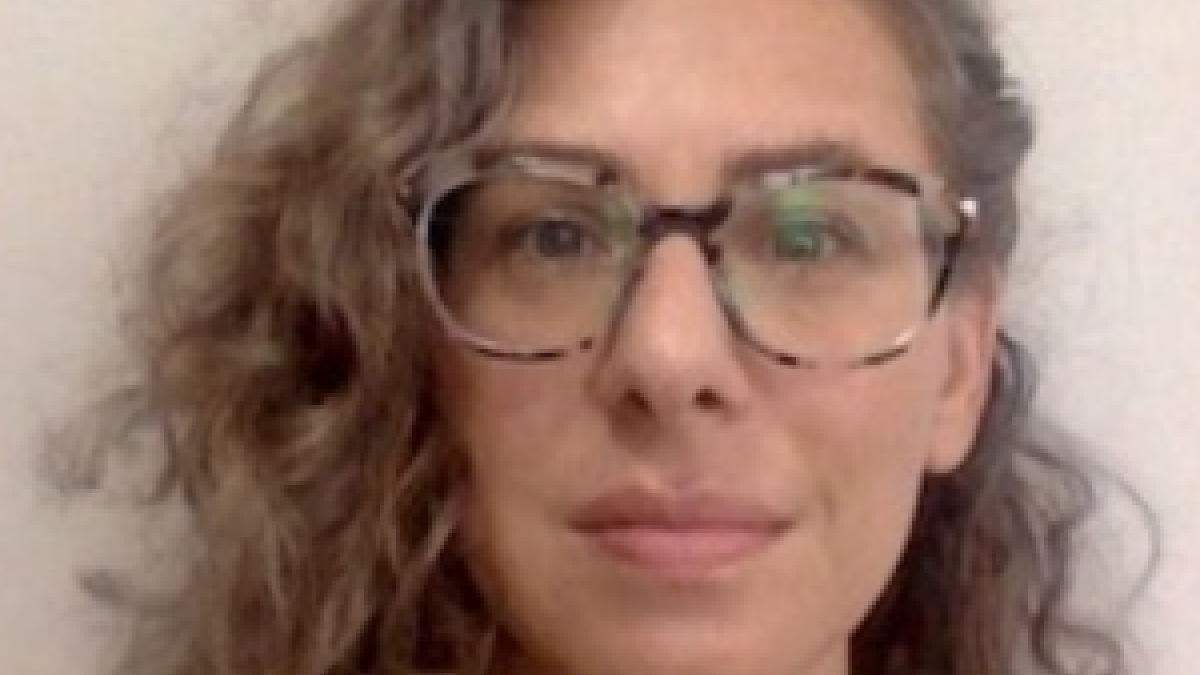ASU faculty member examines deaths along the US-Mexico border

Gabriella Soto, Honors Faculty Fellow in Barrett, The Honors College at Arizona State University, recently published an article based on her research of border crosser deaths along the United States-Mexico border.
Crossing the border between Mexico and the United States is a perilous journey — one that frequently proves fatal. Thousands of migrant deaths have occurred along this boundary, though exactly how many is unclear.
The U.S. federal government devotes billions of dollars to border security policies that aim to deter undocumented migrants by placing them in precarious situations. Migrating people are directed toward increasingly dangerous paths, taking them through remote deserts and difficult terrain.
Their journeys are largely isolated, and given the harsh conditions as well as the limited availability of food, water or aid, getting injured or lost can often lead to death. Almost no comparative research across the U.S. border region tracks what happens after someone dies.
In “The Time of Agony: Abjectivity Politics and the Investigation of Border Crossing Deaths Along the U.S.-Mexico Border,” published in Current Anthropology, Gabriella Soto, Honors Faculty Fellow in Barrett, The Honors College at Arizona State University, examines the treatment of human remains across multiple U.S. counties when migrants perish during their travels.
When a person crossing the border without authorization dies in transit, their remains are no longer the jurisdiction of highly funded federal agencies like the U.S. Border Patrol. Instead, local jurisdictions are responsible for the care of these remains.
Few U.S. standards regulate how such complex investigations proceed — many remains are found by happenstance and highly degraded, and identifying the individual and what happened necessitates advanced forensic science. Incredible pressure then falls to local places responsible for tens or even hundreds of these individuals annually.
Most of these places don’t officially count how many such deaths occur because there is no requirement for them to do so. Many of these border jurisdictions are also among the poorest counties in the U.S. These conditions do not absolve them of their responsibility for care, and the lack of care that occurs in too many cases, but this context demonstrates how many local governments find themselves responsible for the vast destruction created by federal policy.
Soto’s article is based on a study that occurred from 2011 to 2014 in which researchers from the Binational Migration Institute conducted interviews with local officials in 33 counties in the Southwestern United States. Medical examiners, morticians, law enforcement officers and justices of the peace were asked about protocols for handling undocumented border crosser deaths. As a member of the team, Soto incorporates findings from this case study in the article, as well as her own research from Brooks County, Texas, where she has conducted independent ethnographic research since 2019.
This article was provided by The University of Chicago Press Journals.
More Arts, humanities and education

A humanities link from Harvard to ASU
Jeffrey Wilson didn’t specifically seek out Arizona State University professors when it came to filling out the advisory board…

The Design School wins award for impactful design education
Luis Angarita, program head for The Design School’s industrial design program, attended the inaugural Don Norman Design…

ASU professor’s award-winning book allows her to launch scholarship for children of female shrimp traders in Mexico
When Arizona State University Associate Professor Maria Cruz-Torres set out to conduct the fieldwork for her third book, "Pink…